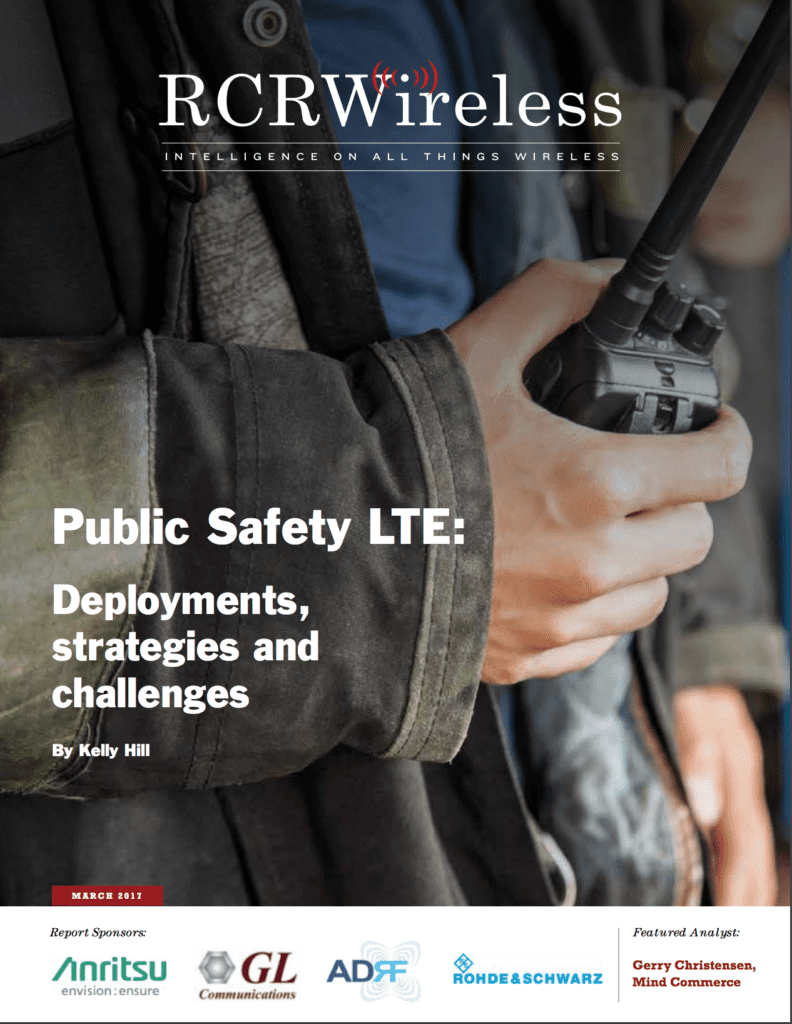Focus 5G use cases include AR/VR and robotics
An international consortium of interests from the European Union and Taiwan are working to explore end-to-end 5G use cases and recently completed a trial in Taiwan that examined network services that rely on both cloud compute and compute distributed at the network edge. Edge computing is seen as a key component of opening up latency-sensitive 5G use cases.
The group 5G-CORAL (Convergent Virtualized Radio Access Network Living at the Edge) received more than $3 million in funding from the EU’s Horizon 2020 program with the specific charge of examining how the intersection of edge, fog and virtualization relates to 5G. Companies involved in the Taipei trial include Universidad Carlos III de Madrid, ADLINK, AZCOM, Ericsson, InterDigital, ITRI, Research Institute of Sweden, Telaria, Telecom Italia adn National Chiao Tung University.
The trial used a dense configuration of computing nodes inside a shopping mall and connected to a centralized data center about 100 kilometers away in Hsinchu City. The integrated network supported augmented and virtual reality and “edge cloud robotics.”
Alain Mourad, Director, InterDigital Labs, highlighted the “ultra-high speed and ultra-low latency services” 5G can support, calling cost savings and deployment flexibility potentially the “most important contribution, long-term. We’re excited about the potential of fog and edge computing along with 5G to create smarter wireless solutions and enable new services–some even yet to be imagined. By distributing more intelligence to the fog and edge, this 5G-CORAL trial is charting a course towards micro-services-based networks that can optimize for specific use cases and local environments.”
The group highlighted that some of the fog nodes used for the trial cost less than $500.
